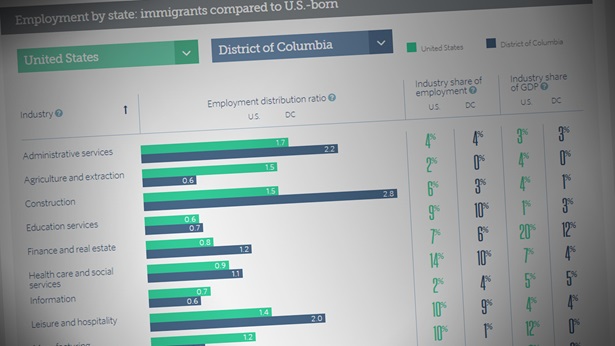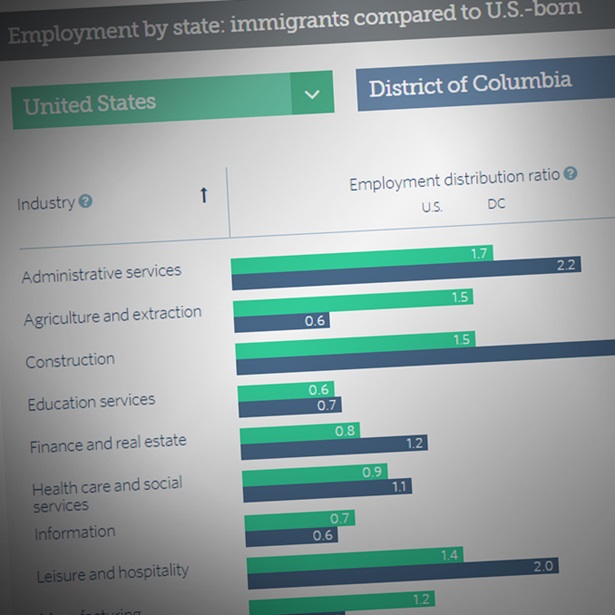Although the federal government has been largely responsible for the admission of immigrants into the country and the enforcement of immigration laws, states and localities have played a critical role in the integration of new arrivals into local communities.
The magnitude, nature, and challenges of immigration have transformed the political and policy landscape, and the roles of the federal government and of the states have evolved in response, spurring cooperation and friction. Pew examined the intersection of federal, state, and local immigration laws and policies and their potential effects on all levels of government.










